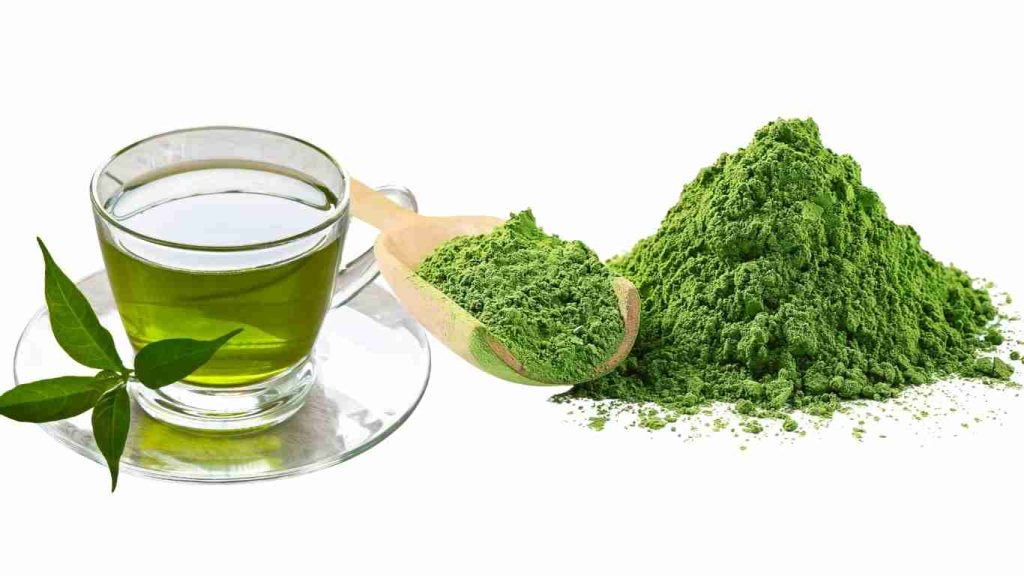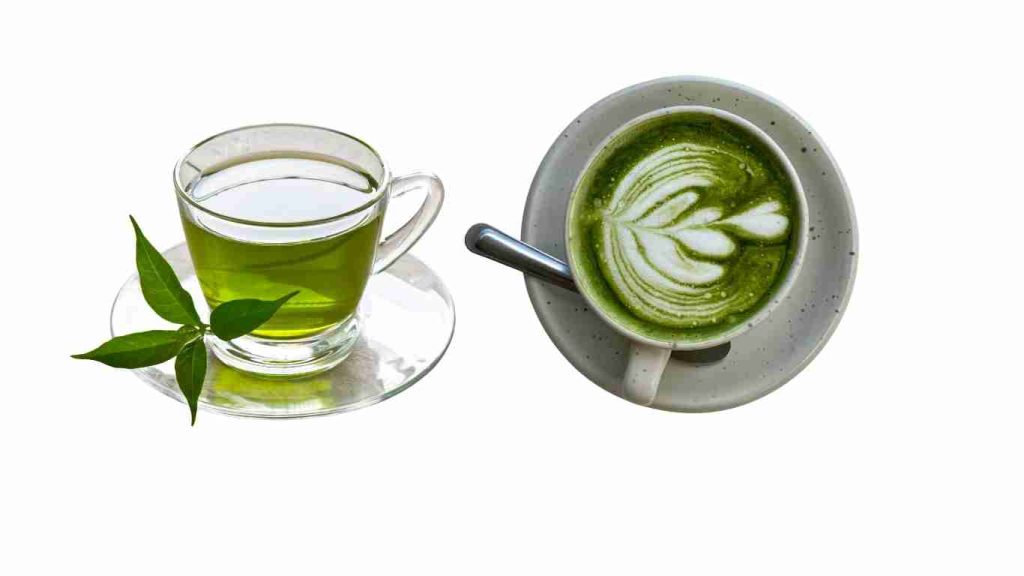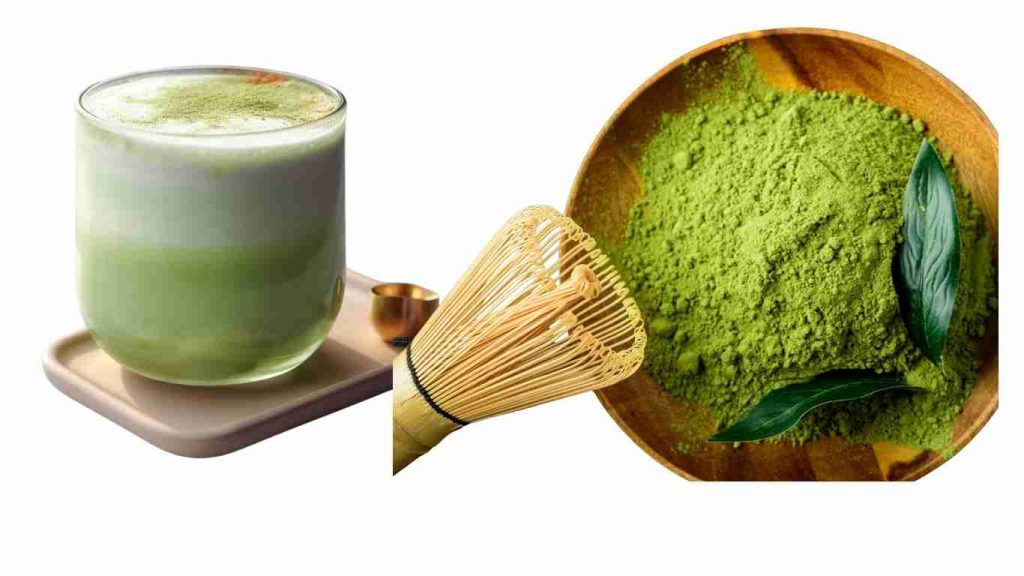Many people have wondered which offers a greater energy boost: matcha or green tea. For tea aficionados and health-conscious consumers around the United States, the United Kingdom, Mexico, and Europe, caffeine concentration sometimes becomes the ultimate deciding factor. We will examine matcha versus green tea caffeine content per gram, reveal their health advantages, and assist you to determine which is the better fit for your life in this guide.
Mmatcha vs green tea caffeine levels per gram: What are they?
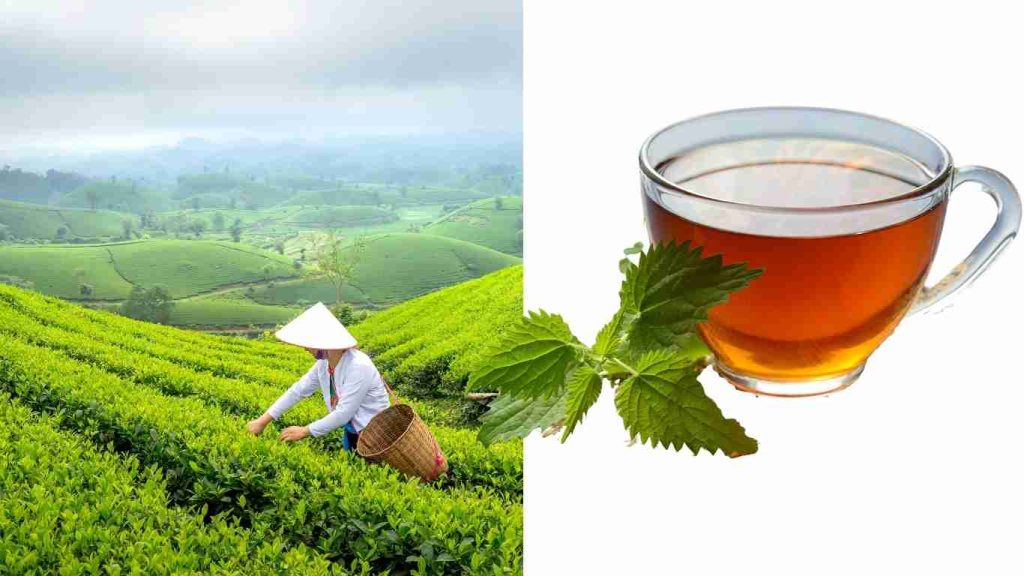
Traditionally used in Japanese tea ceremonies, matchas is a finely ground powder derived from shadow-grown green tea leaves. Unlike traditional green tea, where you steep and discard the leaves, matcha calls for consumption of the entire leaf in powder form.
• Origin: Japan, mostly in the Uji, Kyoto, and Nishio areas
• Shading leaves for 3–4 weeks before harvest increases L-theanine and chlorophyll concentration.
• Taste Profile: Creamy, rich, umami, somewhat sweet.
The whole leaf matcha has more caffeine per gram than steeped green tea since you consume it.
Green Tea is what?
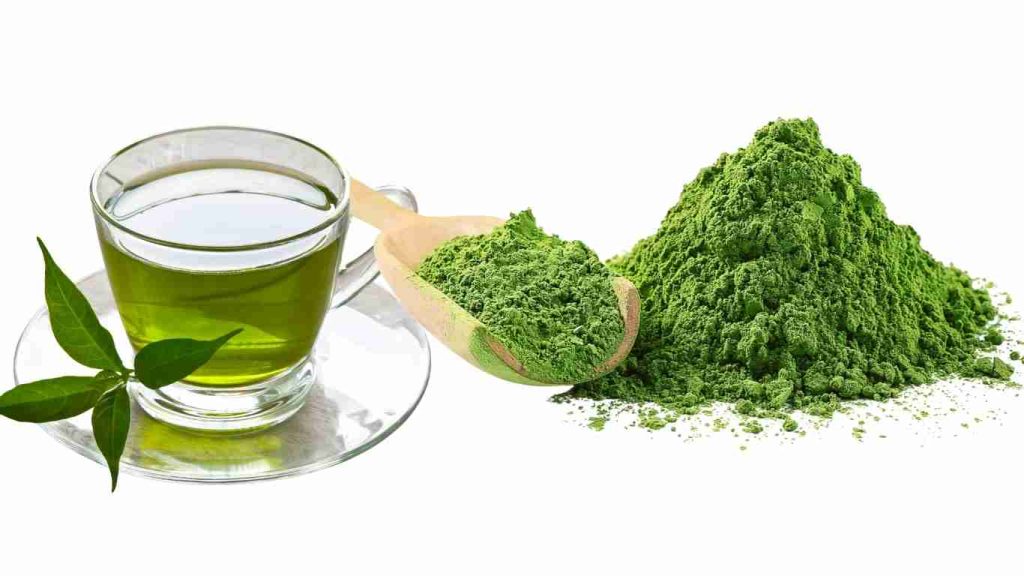
- Though processed differently, green tea also comes from the Camellia sinensis plant. Often sun-grown, steamed or pan-fired, leaves are dried and either marketed as loose leaves or in tea bags.
- China, Japan, and other tea-producing nations.
- Processing: Least oxidation to keep antioxidants.
- Taste Profile: Fresh, light, somewhat astringent.
- The reason it’s significant for caffeine: Only water-soluble substances are removed during brewing; hence, caffeine concentrations per gram are lower than matcha.
matcha vs green tea caffeine levels per gram Content
- On average, matcha has 18 to 35 mg of caffeine per gram.
- Conventional offering: 1–2 grams of matcha powder—about 36–70 mg of caffeine per cup.
- Factors Affecting Caffeine Level:
- Conventional offering: 1–2 grams of matcha powder—about 36–70 mg of caffeine per cup.
- Shade-growing procedure raises caffeine levels.
- Younger leaves have more caffeine.
- Quality grade; ceremonial matcha generally contains more caffeine than culinary grade.
- Because matcha caffeine per gram is substantially more than that of conventional green tea, it is a favorite option for continuous energy without the crash.
matcha vs green tea caffeine levels per gram
Per gram of dry leaves, green tea has 11–20 mg of caffeine on average.
• Usual serving: 2 grams of tea leaves brewed in water (approx. 22–40 mg caffeine per cup).
Factors affecting caffeine concentration:
o Leaf age: younger leaves have more caffeine.
Brewing time and water temperature
o Kind of green tea: Gyokuro has more caffeine than Bancha or Sencha.
| Side-by-Side Caffeine & Nutrition Comparison | ||
| Feature | Matcha | Green Tea |
| Caffeine per gram | 18–35 mg | 11–20 mg |
| Typical serving size | 1–2 g powder (36–70 mg caffeine) | 2 g leaves (22–40 mg caffeine) |
| Nutrient density | Very high (consume whole leaf) | Moderate (only brewed extract) |
| L-theanine | High – promotes calm focus | Moderate |
| Antioxidants (EGCG) | Up to 137x more than green tea | Lower, but still high |
| Taste | Creamy, umami-rich | Light, fresh, slightly bitter |
Influences on Caffeine Levels
- Shade-grown leaves (like matcha and Gyokuro) have more caffeine.
- Younger buds and leaves have more caffeine.
- Processing helps to keep caffeine levels intact by means of oxidation.
- Steeping temperature and time can either raise or lower caffeine extraction.
- More matcha powder or tea leaves equals more caffeine in a serving size.
Health Advantages Above and Beyond Caffeine
- Matcha vs. Green Tea Health Advantages
- Though matcha and green tea both abound in antioxidants, matcha’s whole-leaf consumption delivers more of these helpful substances.
- Advantages of Matcha:
- Better mental focus (caffeine plus L-theanine synergy)
- Better metabolism help for weight reduction
- Detoxifying chlorophyll helps skin health.
- Advantages of Green Tea:
- Promotes cardiovascular health
- Could reduce blood sugar and cholesterol
- anti-inflammation properties
Which one is preferable for you?
Your objectives determine everything:
Choose Matcha if you want a stronger caffeine lift, greater antioxidants, and a rich, creamy taste.
• Select Green Tea if you want a less caffeinated, lighter beverage with a nice flavor.
matcha vs green tea caffeine levels per gram Frequently Asked Questions:
- Is matcha richer in caffeine than green tea?
- Yes. Per gram, matcha usually has almost twice the caffeine content of green tea.
- Daily matcha intake should be what?
- Most healthy adults should aim for 1 to 2 cups (1 to 2 grams per cup).
- Which one, matcha or green tea, offers more energy?
- Because of its elevated levels of caffeine and L-theanine, matcha offers more lasting, softer energy.
Conclusion and Advice
Matcha is obviously the winner for nutrient density and caffeine levels per gram when it comes to matcha versus green tea. Still, your choice will depend on whether you want a strong, long-lasting boost (matcha) or a mild, hydrating lift (green tea).
Try both teas and decide which works best for your lifestyle. Good matcha and green tea are only a click away whether you live in the United States, Great Britain, Mexico, or Europe; brew your ideal cup right today.
Discover matcha vs green tea caffeine levels per gram, their effects on energy, focus, and health, and see our popular post Miracle Gel for Joint Pain Relief – A Doctor’s Inspiring Story

